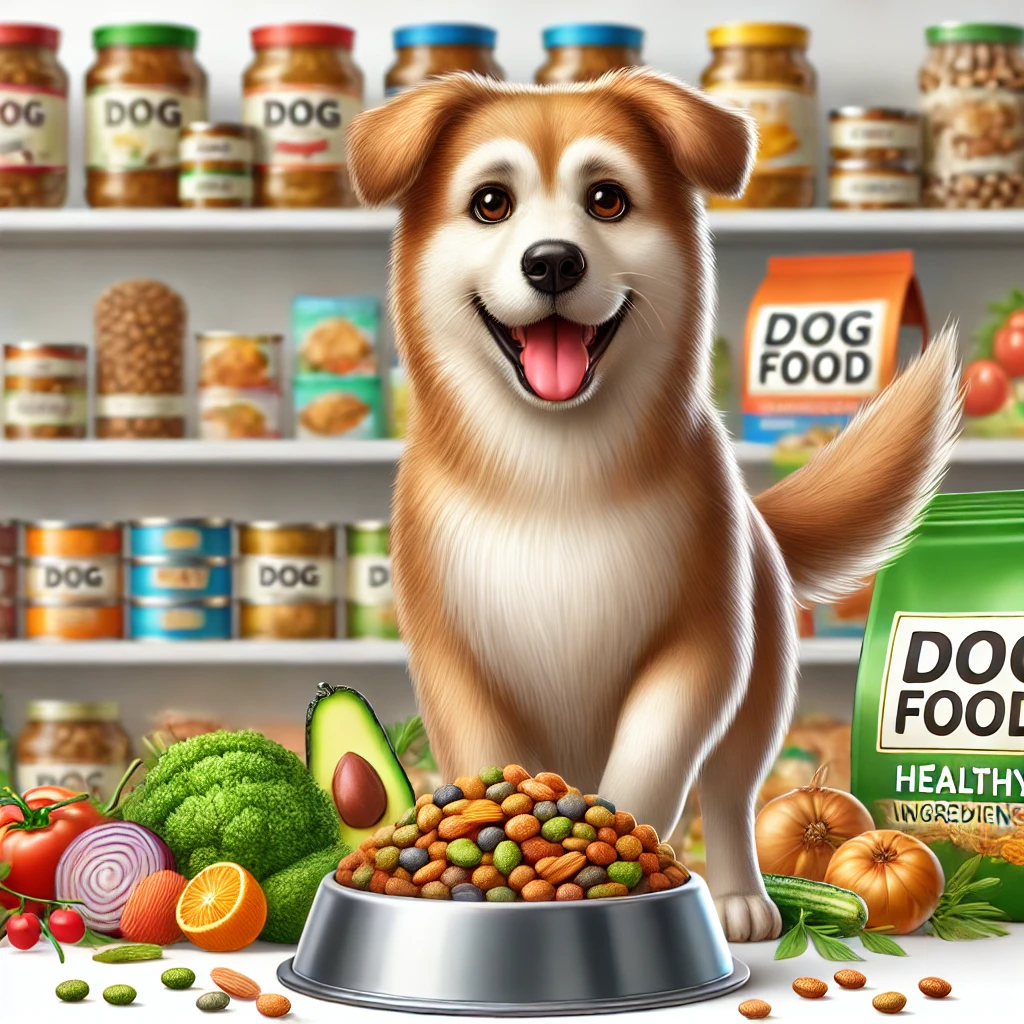Choosing the ideal food for your dog is a crucial decision to ensure their health and well-being. With so many options available on the market, it can be challenging to determine what’s best for your companion. This comprehensive guide will help you understand your dog’s nutritional needs and choose the right diet.
Understanding Your Dog’s Nutritional Needs
Dogs, like humans, have specific nutritional requirements. These needs vary depending on age, size, breed, activity level, and any health issues. Essential elements in your dog’s diet include:
- Proteins: Crucial for growth, tissue repair, and energy production. Good sources include meats, fish, eggs, and some plant-based options.
- Fats: Provide a concentrated energy source and promote healthy skin and coat. Ensure the fats come from high-quality sources.
- Carbohydrates: While not essential, carbohydrates provide quick energy. Grains like rice or oats and certain vegetables can be sources.
- Vitamins and Minerals: Essential for metabolism, immune function, and overall health.
- Fiber: Supports healthy digestion and prevents gastrointestinal issues.
Types of Dog Food
There are several types of dog food, each with its own advantages and disadvantages. Here are the main options:
- Kibble (Dry Food)
- Convenience: Kibble is the most popular option, easy to store, and often economical.
- What to Look For:
- Check the ingredient list: Proteins should be listed first.
- Avoid products with artificial colors or preservatives.
- Choose kibble suited to your dog’s age, size, and activity level.
- Wet Food (Canned Food)
- Hydration Benefits: Rich in water, making it ideal for dogs that drink less.
- Taste: More palatable, great for picky eaters.
- Nutritional Balance: Wet food should be supplemented with kibble or other food for optimal nutrition.
- Homemade Food
- Customization: Preparing your dog’s food at home can be a great option but requires deep knowledge of canine nutrition.
- Components: Meals should include protein sources, vegetables, carbohydrates, and vitamin supplements.
- Raw Food (BARF)
- Definition: BARF (Biologically Appropriate Raw Food) involves feeding raw meat, bones, and vegetables.
- Pros and Cons: While beneficial for some dogs, it comes with risks such as nutritional imbalances or bacterial contamination. Always consult a vet before adopting this diet.
How to Read Dog Food Labels
To make an informed choice, it’s essential to understand dog food labels. Here are some tips:
- Main Ingredients: The first ingredients should be high-quality protein sources.
- Guaranteed Analysis: Check the percentages of protein, fat, fiber, and moisture.
- Additives: Avoid foods with artificial additives or animal by-products.
- Caloric Content: Ensure the calorie content matches your dog’s energy needs.
Common Mistakes to Avoid
- Ignoring Specific Needs: Senior dogs, puppies, or dogs with health issues require specialized diets.
- Sudden Dietary Changes: Always transition food gradually to prevent digestive problems.
- Following Trends: What works for one dog may not suit another.
Practical Tips for Choosing the Right Food
- Consult a Veterinarian: A professional can help identify your dog’s specific nutritional needs.
- Try Different Brands: Dogs have unique preferences and tolerances.
- Monitor Reactions: Observe your dog’s behavior, coat condition, and stools to assess the food’s quality.
Choosing the perfect food for your dog takes time, research, and occasional adjustments. By understanding your companion’s specific needs and considering their preferences, you can ensure a balanced and suitable diet. Your dog deserves the best, and good nutrition is the first step toward a long and happy life.





